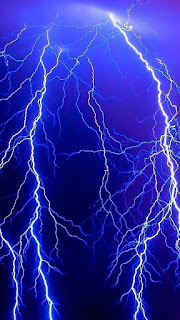Magnetism

magnetism: Compasses: Compasses are small magnetic devices that can be used to determine direction by aligning with the Earth's magnetic field. Electromagnets: Electromagnets are created by passing electric current through a coil of wire, creating a magnetic field. They are used in many devices, such as speakers, motors, and MRI machines. Magnetic materials: Certain materials, such as iron, nickel, and cobalt, have natural magnetic properties and can be magnetized to create permanent magnets. Magnetic levitation: Magnetic levitation, or maglev, is a method of transportation that uses magnetic levitation to suspend and propel vehicles without physical contact with the ground. Magnetic storage: Magnetic storage devices, such as hard drives and magnetic tapes, use magnetic fields to store and retrieve data. Magnetic resonance imaging: Magnetic resonance imaging (MRI) is a medical imaging technique that uses strong magnetic fields and radio waves to create detailed images of the body

